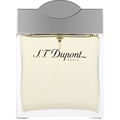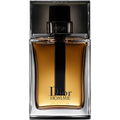03/17/2025

Shiron212
20 Reviews

Shiron212
2
An interesting oriental
Sweet, spicy, smoky, slightly gourmand and unmistakably Middle Eastern.
To be short and simple, this reminds me of Angels' Share Eau de Parfum, but with the booze removed and done in a more oriental style.
I also find it to be a lot more heavy and not nearly as safe, because even though there are no cinnamon or oud listed in the notes, I get both and it just smells funky on my skin.
No denying that it's a high quality scent, but it lasts 12+ hours easily so it's too strong for me.
I bought this one a few years ago, together with Royal Amber and I never reach for it.
In my opinion, it's posh and it's hard to find the right occasion to wear it plus the drydown puts me off.
Like, but not a love, I'll have to let this one go.
To be short and simple, this reminds me of Angels' Share Eau de Parfum, but with the booze removed and done in a more oriental style.
I also find it to be a lot more heavy and not nearly as safe, because even though there are no cinnamon or oud listed in the notes, I get both and it just smells funky on my skin.
No denying that it's a high quality scent, but it lasts 12+ hours easily so it's too strong for me.
I bought this one a few years ago, together with Royal Amber and I never reach for it.
In my opinion, it's posh and it's hard to find the right occasion to wear it plus the drydown puts me off.
Like, but not a love, I'll have to let this one go.




 Top Notes
Top Notes  Pink pepper
Pink pepper Bergamot
Bergamot Heart Notes
Heart Notes  Sandalwood
Sandalwood Patchouli
Patchouli Base Notes
Base Notes  Amber
Amber Woods
Woods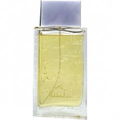
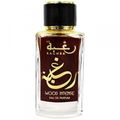

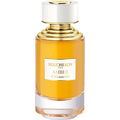
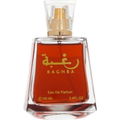



 KimJong
KimJong BertolucciK
BertolucciK Zebra782
Zebra782 JoaoMartins
JoaoMartins AmrElGammal
AmrElGammal Finerthings8
Finerthings8 NicosV
NicosV






